Schizophrenia
Introduction
Schizophrenia is a chronic and severe mental disorder that affects how a person thinks, feels, and behaves. People with schizophrenia may seem like they have lost touch with reality, which causes significant distress for the individual, their family members, and friends. If left untreated, the symptoms of schizophrenia can be persistent and disabling. However, effective treatments are available. When delivered in a timely, coordinated, and sustained manner, treatment can help affected individuals to engage in meaningful activities, pursue fulfilling relationships, and realize their full potential.
Etiology
The exact cause of schizophrenia is not known, but a combination of genetics, environment, and altered brain chemistry and structure may play a role.
Genetics
Schizophrenia sometimes runs in families. However, it occurs in only 1% of the general population and approximately 10% of people who have a first-degree relative with the disorder, such as a parent or sibling. The highest risk occurs when an identical twin is diagnosed with schizophrenia. The other twin has a 40 to 65 percent chance of developing the disorder. Genetic research is seeking to identify the specific genes that may be responsible for schizophrenia.
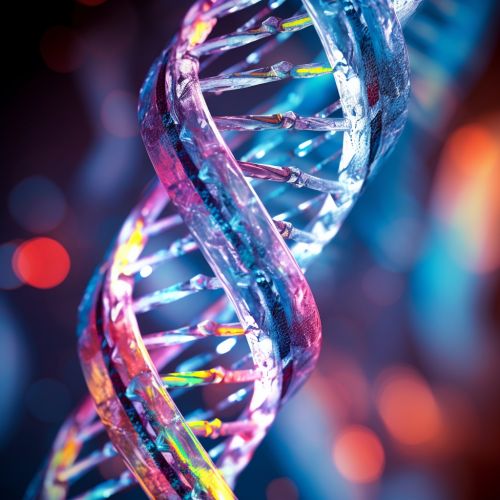
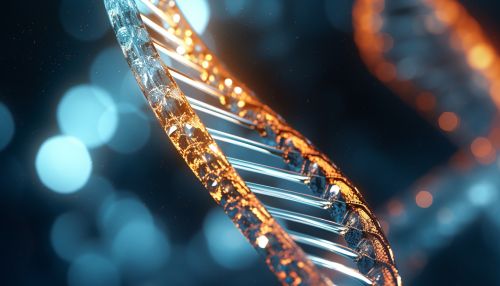
Environment
Scientists believe that interactions between genetic risk and aspects of the individual’s environment are necessary for schizophrenia to develop. Environmental factors may involve: prenatal exposure to a viral infection, low oxygen levels during birth (from prolonged labor or premature birth), exposure to a virus during infancy, early parental loss or separation, and physical or sexual abuse in childhood.
Brain chemistry and structure
Scientists believe that an imbalance in the complex, interrelated chemical reactions of the brain involving the neurotransmitters (substances that brain cells use to communicate with each other) dopamine and glutamate, and possibly others, plays a role in schizophrenia. Neuroimaging studies show differences in the brain structure and central nervous system of people with schizophrenia. While these differences are not found in everyone with schizophrenia and can occur in people who don't have the disease, they indicate that schizophrenia is a brain disease.
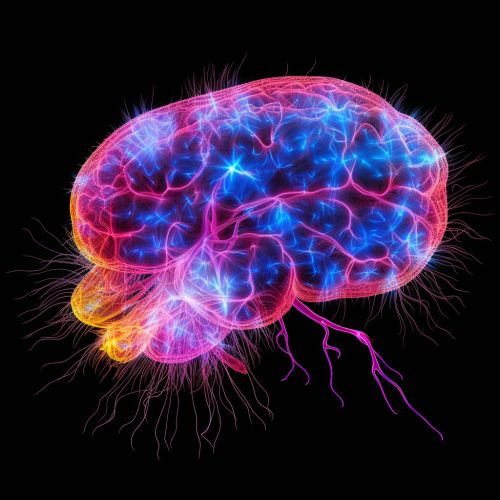
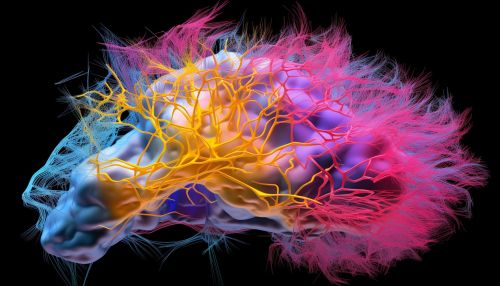
Symptoms
Schizophrenia involves a range of problems with thinking (cognition), behavior, and emotions. Signs and symptoms may vary, but they reflect an impaired ability to function. Symptoms might include:
Positive Symptoms
Positive symptoms are psychotic behaviors not seen in healthy people. People with positive symptoms often "lose touch" with reality. These symptoms can come and go. Sometimes they are severe and at other times hardly noticeable, depending on whether the individual is receiving treatment. They include hallucinations, delusions, thought disorders (unusual or dysfunctional ways of thinking), and movement disorders (agitated body movements).
Negative Symptoms
Negative symptoms are associated with disruptions to normal emotions and behaviors. These symptoms are harder to recognize as part of the disorder and can be mistaken for laziness or depression. They include the "flat affect" (reduced expression of emotions via facial expression or voice tone), reduced feelings of pleasure in everyday life, difficulty beginning and sustaining activities, and reduced speaking.
Cognitive Symptoms
For some patients, the cognitive symptoms of schizophrenia are subtle, but for others, they are more severe and patients may notice changes in their memory or other aspects of cognition. Symptoms include poor "executive functioning" (the ability to understand information and use it to make decisions), trouble focusing or paying attention, and problems with "working memory" (the ability to use information immediately after learning it).
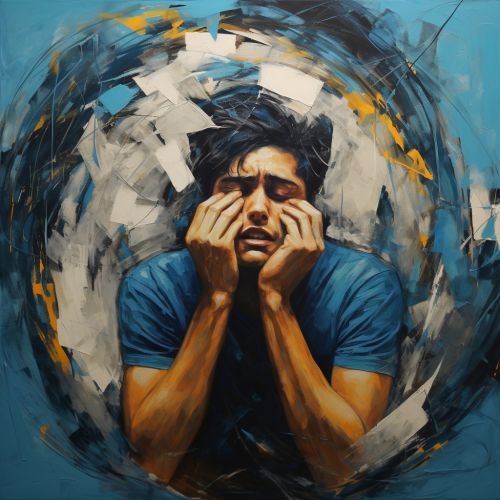

Diagnosis
Schizophrenia involves a range of problems with thinking (cognition), behavior, and emotions. Signs and symptoms may vary, but they reflect an impaired ability to function. Symptoms might include:
Diagnostic Criteria
To be diagnosed with schizophrenia, a person must meet the criteria in the Diagnostic and Statistical Manual of Mental Disorders (DSM), published by the American Psychiatric Association. This manual is used by mental health professionals to diagnose mental illnesses and by insurance companies to reimburse for treatment.
Diagnostic Tests
There are no laboratory tests to diagnose schizophrenia. A psychiatrist should examine the patient and make the diagnosis. The diagnosis is made based on a thorough interview of the patient and family members to get a complete picture of the patient's symptoms. The doctor will also request a full medical and psychiatric history.


Treatment
While there is no cure for schizophrenia, it can be treated and managed in several ways.
Antipsychotic Medications
Antipsychotic medications are usually taken daily in pill or liquid form. Some antipsychotics are injections that are given once or twice a month. Some people have side effects when they start taking medications, but most side effects go away after a few days.
Psychosocial Treatments
These treatments are helpful after patients find a medication that works. Learning and using coping skills to address the everyday challenges of schizophrenia can help people pursue their life goals, such as attending school or work. Individuals who participate in regular psychosocial treatment are less likely to have relapses or be hospitalized.
Coordinated Specialty Care (CSC)
This treatment model integrates medication, psychosocial therapies, case management, family involvement, and supported education and employment services, all aimed at reducing symptoms and improving quality of life.
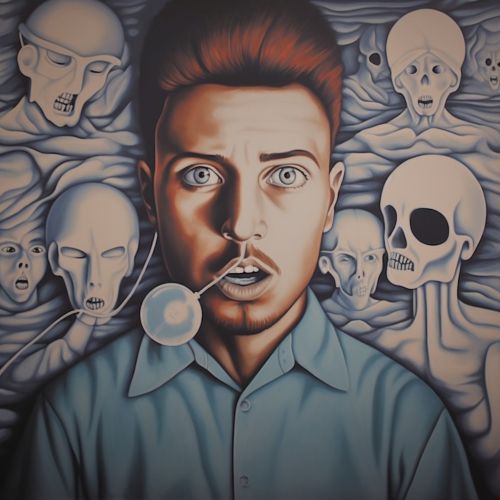
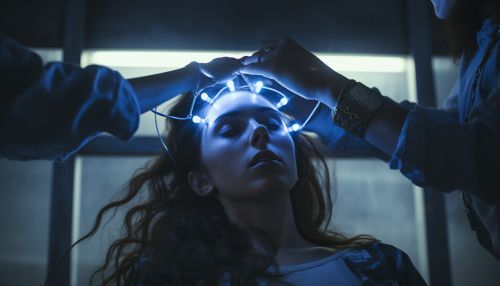
Prognosis
With treatment, most symptoms of schizophrenia will greatly improve. However, the outlook for each person is unique to their experiences and the severity of their symptoms. While some people may experience severe symptoms, others may be able to function well in daily life.
